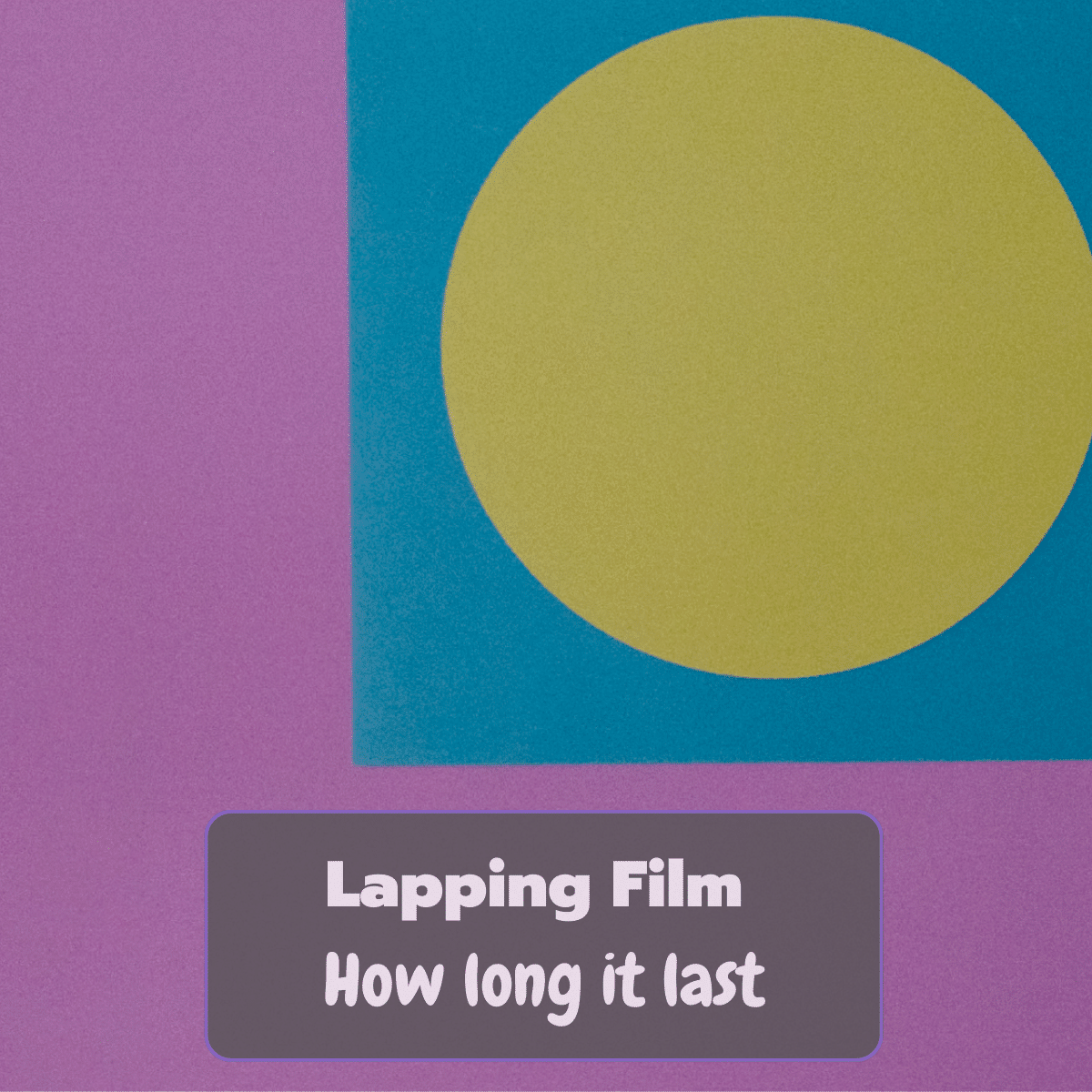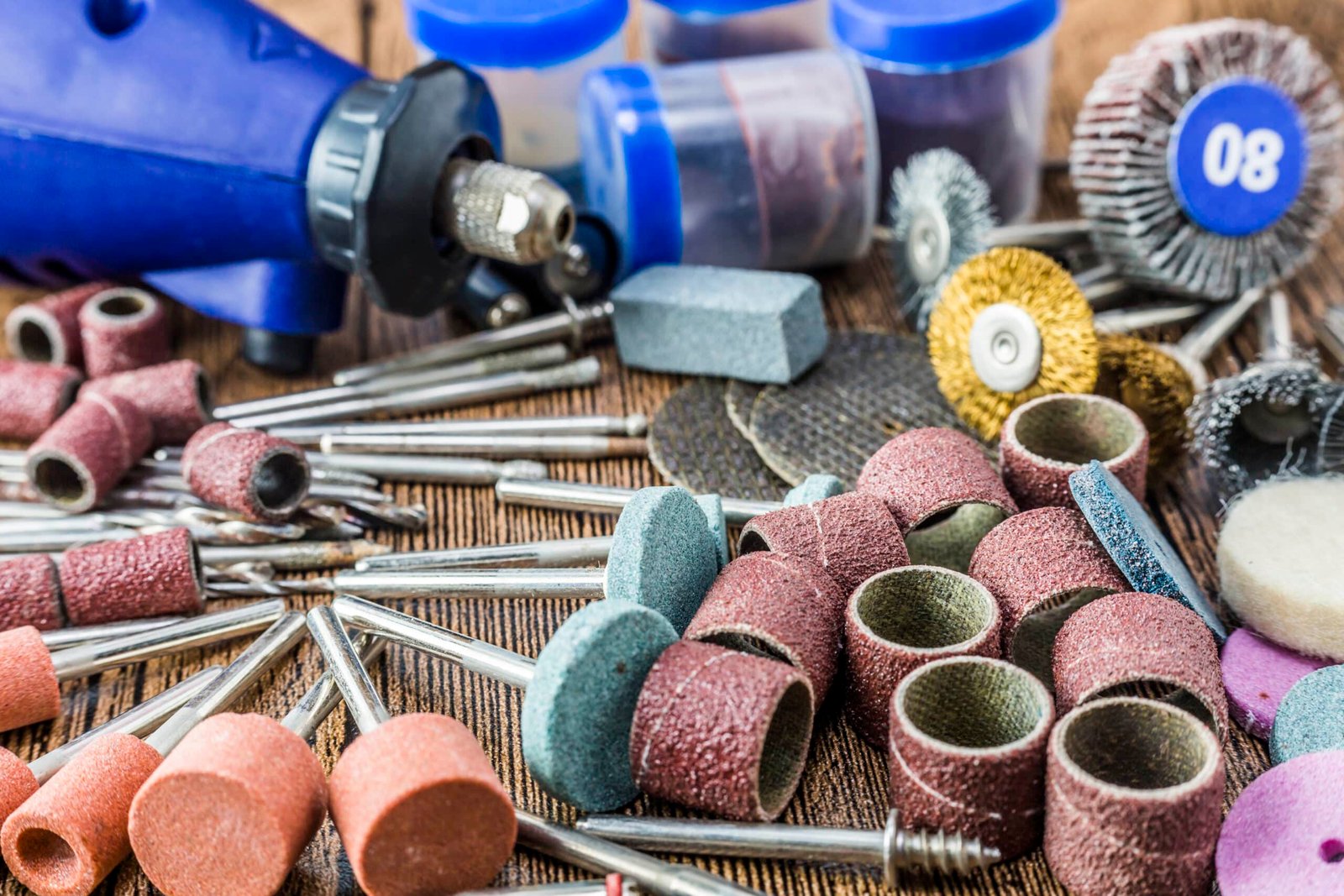
Introduction
Lapping films have become increasingly popular in various industries for achieving ultra-fine finishes on materials. These films are essential for precision polishing, ensuring that surfaces are smooth and free of imperfections. In this post, we will explore the lifespan of lapping films and the factors that influence their longevity.
What is Lapping Film?
Lapping film is a specialized abrasive product designed for fine polishing and finishing of surfaces. It consists of a thin, flexible backing coated with abrasive particles such as diamond, silicon carbide, or aluminum oxide. These films are widely used in industries like electronics, optics, and metalworking to achieve precise finishes.
Factors Affecting the Lifespan of Lapping Film
The lifespan of lapping film can vary based on several factors:
- Material Being Worked On: The hardness and type of material being polished play a significant role in film wear. Harder materials like ceramics and hardened steels can wear out the film faster compared to softer materials like plastics or soft metals.
- Pressure Applied: Excessive pressure during the polishing process can reduce the lifespan of the film. It’s essential to apply consistent, moderate pressure to achieve optimal results without prematurely wearing out the film.
- Frequency of Use: The more frequently the lapping film is used, the quicker it will wear out. Regular use, especially in high-volume production settings, can significantly impact the film’s longevity.
- Proper Handling and Storage: Proper handling and storage of lapping films are crucial for extending their lifespan. Storing films in a clean, dust-free environment and avoiding contact with abrasive surfaces can prevent premature wear and damage.
Signs That Lapping Film Needs Replacement
Knowing when to replace lapping film is key to maintaining high-quality finishes:
- Visual Inspection: Regularly inspect the film for wear indicators such as bald spots, uneven surfaces, or visible damage. These signs indicate that the abrasive particles have worn away, and the film is no longer effective.
- Performance Decline: A noticeable decline in polishing efficiency is a clear sign that the lapping film needs replacement. If the film takes longer to achieve the desired finish or produces inconsistent results, it’s time to switch to a new film.
- Surface Quality: The appearance of scratches, streaks, or other imperfections on the polished surface suggests that the lapping film is no longer performing optimally and should be replaced.
Maximizing the Lifespan of Lapping Film
To get the most out of your lapping films, consider the following tips:
- Proper Usage Techniques: Use the correct amount of pressure and ensure that the film is suitable for the material being polished. Avoid using excessive force, as this can lead to premature wear.
- Regular Maintenance: Clean the film after each use to remove any debris or residue that could affect its performance. Store the films in a dust-free environment to prevent contamination.
- Rotation of Films: Rotate between multiple lapping films to ensure even wear and extend their overall lifespan. This practice can help maintain consistent polishing results and reduce the need for frequent replacements.
Case Studies and Real-World Examples
Industry professionals who regularly use lapping films have shared valuable insights into their performance and longevity. For example, a technician in the optics industry reported that by carefully managing pressure and cleaning the films after each use, they were able to extend the lifespan of their lapping films by several weeks.
Comparative analyses have also shown that diamond lapping films tend to last longer than those made with silicon carbide or aluminum oxide, especially when used on harder materials. These findings underscore the importance of selecting the right type of lapping film for specific applications.
Conclusion
In summary, the lifespan of lapping film depends on various factors, including the material being polished, the pressure applied, and the frequency of use. By regularly inspecting the film for wear, maintaining proper usage techniques, and rotating between multiple films, you can maximize the lifespan of your lapping films and achieve consistently high-quality finishes.
For more information on lapping and polishing materials, visit our website or contact AbrasivesHub for expert advice and product recommendations. Share your experiences or ask questions about lapping film usage and maintenance in the comments section below.

